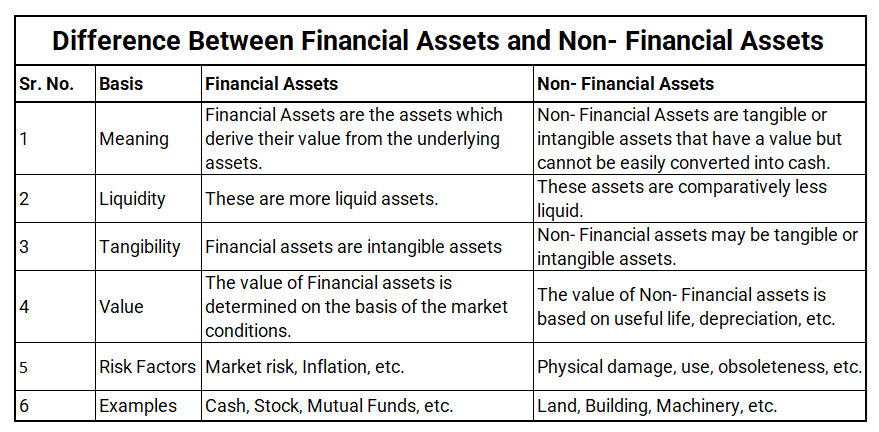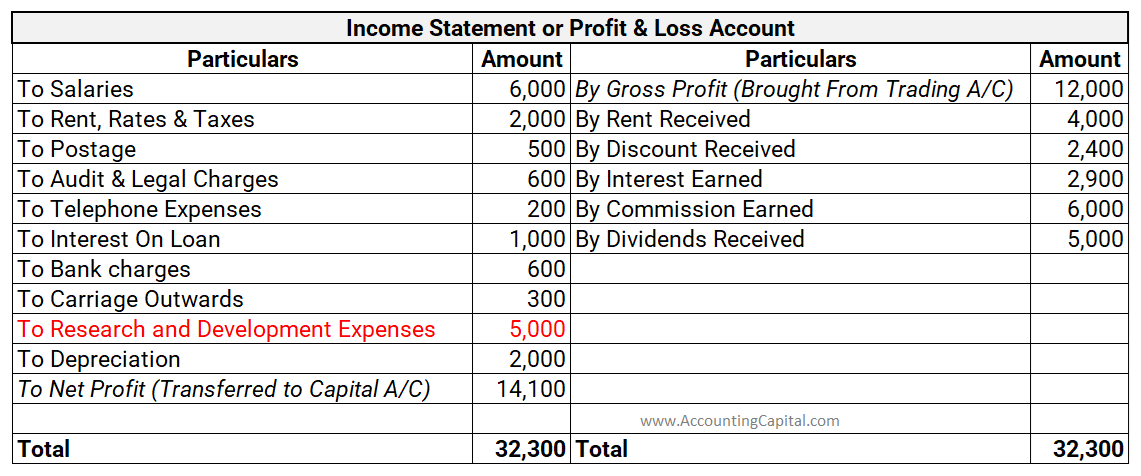Revenue and income are two accounting terms that are often used interchangeably. However, it is important to understand that these two terms are different. Let us know the difference between the two through the discussion below: What is Revenue? Revenue is the total amount of a business's sales. ItRead more
Revenue and income are two accounting terms that are often used interchangeably. However, it is important to understand that these two terms are different. Let us know the difference between the two through the discussion below:
What is Revenue?
Revenue is the total amount of a business’s sales. It is the total amount earned by a business before deducting any expenses. Revenue is recognized in accounting as soon as a sale happens, even if the payment hasn’t been received yet.
For example, XYZ Ltd sold 100 pens at a selling price of 10 per pen. The total revenue of the business is hence 1,000.
What is Income?
Income is the amount earned by a business after deducting any direct or indirect expenses. It is the amount that
See less




What is Inventory? Inventory refers to the stock of goods or raw materials a business uses to produce the final goods sold to the customers. What is the Inventory Turnover Ratio? Inventory Turnover Ratio is the financial ratio that shows how efficiently a business sells and replenishes its inventoryRead more
What is Inventory?
Inventory refers to the stock of goods or raw materials a business uses to produce the final goods sold to the customers.
What is the Inventory Turnover Ratio?
Inventory Turnover Ratio is the financial ratio that shows how efficiently a business sells and replenishes its inventory. It shows how well a business manages its inventory.
Inventory Turnover ratio is calculated as follows:
Inventory Turnover Ratio = Cost of goods sold / Average Inventory
where Average Inventory = (Inventory at the beginning of the year + Inventory at the end of the year) / 2
If inventory turnover is high, it means products are selling quickly. But if it’s too high, the company might not have enough stock, leading to fewer sales.
If turnover is low, there are slow sales or too much stock. That can lead to higher storage costs and obsolete products. It is important to find the right balance between the two.
Why is the Cost of Goods Sold taken as a numerator instead of revenue while calculating the Inventory Turnover Ratio?
The cost of goods sold is the sum of all the direct costs involved in the production of goods. On the other hand, Revenue is the total amount of money earned through the sale of goods and services.
The cost of goods sold (COGS) includes materials, labor, and overhead costs. Inventory consists of these costs and hence, it is better to take (COGS) as the numerator.
Revenue, however, considers things like markups, discounts, and other adjustments that don’t directly relate to the actual cost of inventory.
Let us understand it better with the help of an example:
Suppose the opening inventory is 20,000 and the closing inventory is 10,000. Average inventory can be calculated as (20,000 + 10,000)/2 = 15,000.
If the cost of goods sold is 45,000 the Inventory turnover ratio comes out to be 45,000/15,000 = 3.
On the other hand, if the revenue of 60,000 is taken as the numerator, the Inventory turnover ratio comes out to be 60,000/15,000 = 4
A high inventory turnover ratio shows that the inventory is moving faster than it is which is misleading for the stakeholders.
Hence, the Cost of goods sold is taken as the numerator for the calculation of the Inventory turnover ratio.
See less